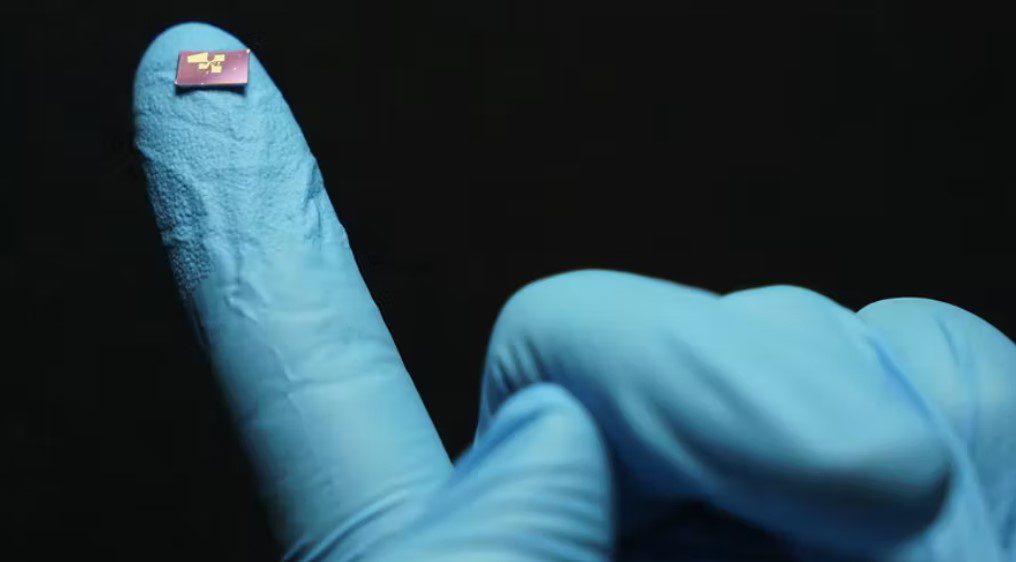According to a new report, scientists from a number of reputable universities from around the world have come together to create a so-called “lab on a chip!”
According to the team, this tiny chip is super useful, likely leading to improved phone cameras as well as better environmental monitoring.
Professor of physics at OSU’s College of Science, Ethan Minot, explains that “We have demonstrated a way of building spectrometers that are a lot more miniature than what’s typically used today. Spectrometers measure the strength of the light at different wavelengths and they are useful in lots of industries and in all fields of science to identify samples and characterizing materials.”
While spectrometers are in use now and quite common, the problem is that they are not easily portable because of their bulky design.
Furthermore, they are also way too costly and big to just integrate into a smartphone.
But what the team of scientists has created is much smaller and able to take on the smallest of spectrometer technology available, which is the size of a grape, and transfer it all on the tip of a hair follicle!
Hoon Hahn Yoon, the project’s co-lead, says about the impressively tiny size that “Our spectrometer doesn’t require assembling separate optical and mechanical components or an array designs to disperse and filter light. Moreover, it can even achieve a higher resolution comparable to benchtop systems just in a much smaller package.”
This sensor can also be controlled electrically to absorb certain light colors, giving it usability and scalability that there is no competition for.
Yoon claims that “Integrating it directly into portable devices such as smartphones and drones may advance our daily lives. Imagine the next generation of our phone cameras could be hyperspectral cameras.”
The scientists have several uses in mind for this technology, including monitoring air, ground and water pollution, examining human tissue for medical purposes and even making it available to hobbyists in a variety of fields, including geology and astronomy.
More precisely, this sensor could be used to identify gemstones depending on their light absorption or stars by measuring their light spectra.
This paper was published in the Science journal.















Leave a Reply